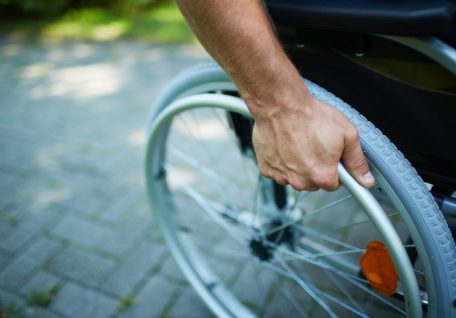Shin splints can be brought on by a number of different causes, and can present itself in a unique way from person to person. If you have ever felt a persistent sharp pulling or stabbing feeling through the front of your shinbone, it is likely you have suffered from shin splints.
If you have experienced this in the past, or are currently working through it, this is the article for you.
The Anatomy of the Lower Leg
To understand the causes, it helps to understand the anatomy of the lower leg. The shin is made up of two bones, the Tibia (the bone at the front of your shin—you have likely kicked a tow bar with it), and the Fibula, a much smaller and skinnier bone that works to stabilise the ankle and support the muscles of the lower leg. The pain experienced is typically felt through the Tibia, and can be felt from the anterior (front) or posterior (back) of the shin.
A lot of the time, the major muscle contributing to shin splints is a muscle called Tibialis Posterior. Your Tibialis Posterior originates from the posterior side of your Tibia and Fibula, and inserts on to the inside of your foot on to bones called the Navicular and the Cuneiform bones (these are very small bones in your mid-foot). Tibialis Posterior works hard for us when running and walking as it has a pivotal role in stabilising the foot, and assisting to create both plantar flexion and inversion, as well as supporting the arches of your foot.
Due to its large workload, Tibialis Posterior can often become quite tight and over worked which can lead to shin splints.
What causes shin splints?
A number of factors can lead to this type of shin splints. These factors include:
- Overuse – as you might expect, because Tibialis Anterior works so hard for your feet, training too much, or too hard can cause excessive muscle tightness. This is very common when going from doing little exercise to starting running after a break from training.
- High impact activities – running can be quite high impact. Running on uneven or hard surfaces can cause increased stress.
- Poor running form – excessive pronation (rolling the feet inwards) while running can contribute to increased stress.
Treatment and prevention
There are a number of things you can try to treat shin splints yourself, however if the symptoms persist you should see a doctor or allied health professional.
That said here are some things to try:
Rest – Try reducing the total volume of work you are currently doing, and be sure to allow adequate rest between sessions.
Lower the impact – try running on softer surfaces, such as grassy ovals rather than concrete.
Improve your running technique – Try filming yourself while running on a treadmill to check how you are landing while running. Where you strike the ground while moving changes how your body deals with the force of hitting the ground.
Myofascial release/stretching – Incorporating regular stretching and myofascial release (foam roller/spikey ball) to the muscles of the lower limb can be very effective tools in reducing stress in the feet and lower leg. Try the following technique that specifically targets releasing the tension in your Tibialis Posterior:





